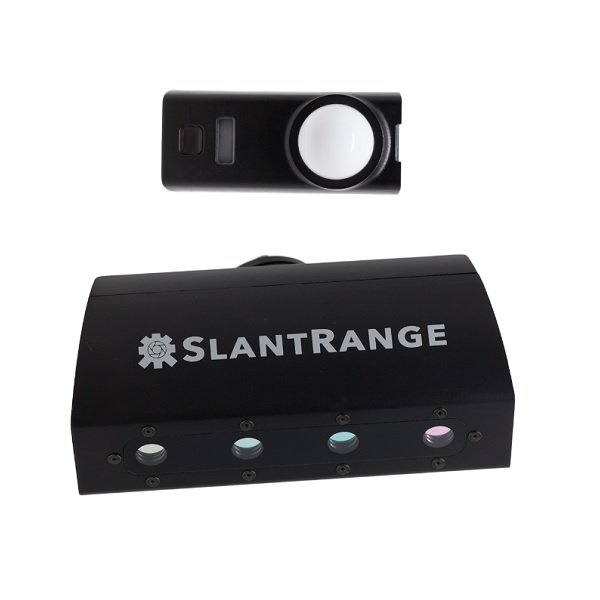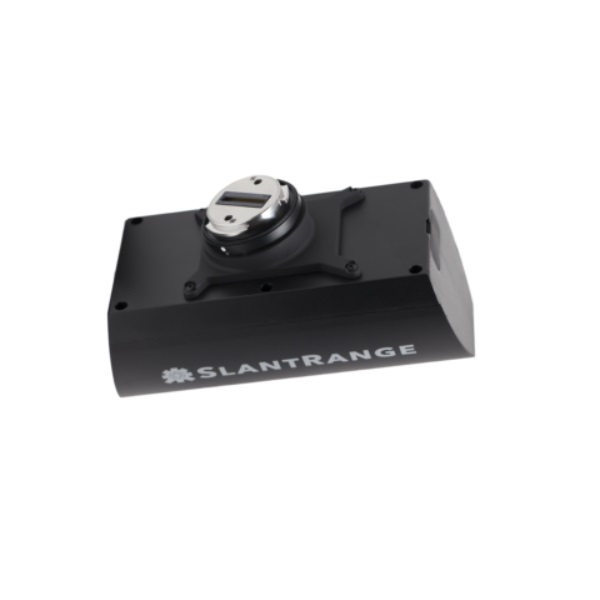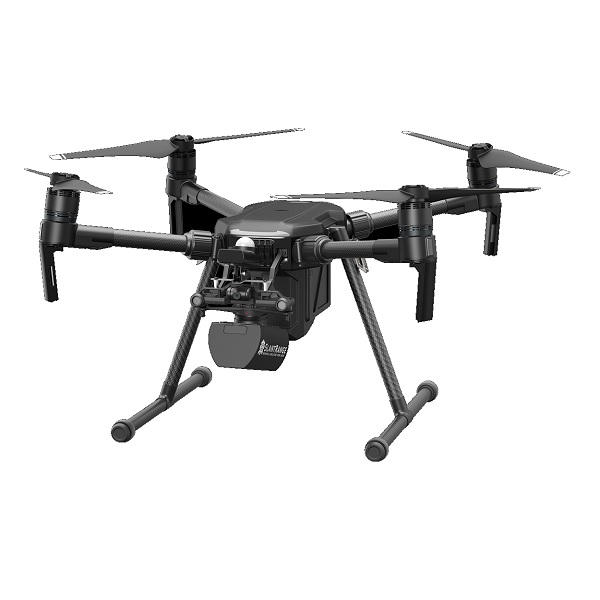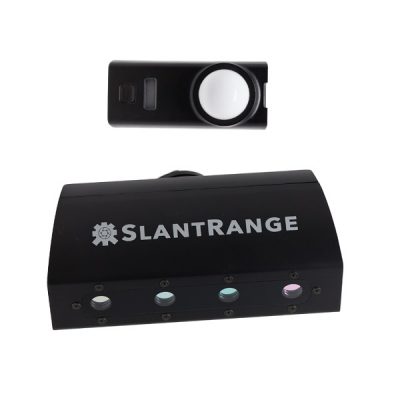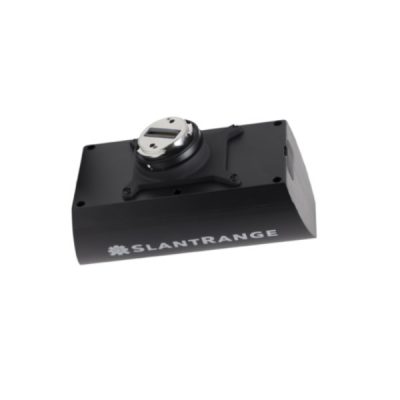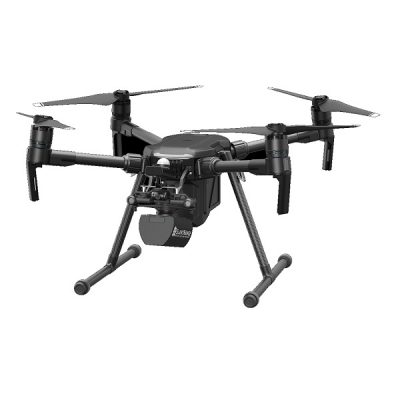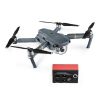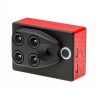Slantrange 3PX Multispectral Sensor
New for 2018, we introduce the most powerful on-board processing system in the industry for immediate, in-field results. Built around the Qualcomm Snapdragon processor, the SLANTRANGE 3px multispectral sensor extends advanced analytics to all of the world’s agricultural acres, not just those within easy reach of a fast internet connection.
The SLANTRANGE 3PX’s patented multispectral imaging, agricultural analytics, and data accuracy expertise with DJI’s Matrice 200 Series drone platform.
Powered by DJI SKYPORT, this integrated solution delivers precise and immediate crop insights for agriculture applications.
- Mounts directly to the DJI gimbal mount
- Power and communication supplied directly from the drone
- Automatic detection and configuration of the 3PX
- Real-time information from the 3PX displayed on the flight controller
- Quick and easy payload changes
- Reduce operational costs with up to 4x the area coverage rate of comparable sensors
- Unmatched radiometric accuracy with integrated position, attitude, and sunlight measurement sensors first introduced and patented by SLANTRANGE
- Integration with many drones systems
- 100gms lighter than the 2P
Slantview is the program developed to convert your data into usable maps, click here to learn more.
The SLANTRANGE 3PX Multispectral sensor mounted on a drone, simultaneously measures sunlight and the crop signature in narrow bands of the spectrum that are critical to quantifying plant health – so crop health can be tracked over time. Sound Complicated? Read on as we explain how these sensors work to provide you with valuable information to increase your crop health and as a result, income.
Food Security
Our goal is to produce more with less. More food with less land, less water, fewer chemicals, less waste. Virtually every production industry in today’s world employs some level of process control to achieve the same goal – more with less. But agriculture, from planting to harvest, has a difficult problem. The only tools of measurement are the sparse and subjective eyes of agronomists and scouts.
The Slantrange 3PX multispectral sensor changes that. We’re providing agriculture a new means of process control from planting to harvest. Our technology derives important crop health metrics from the same physical process that plants use to power their own growth – their interaction with sunlight.
To work for agriculture, we’ve made our technology scalable over large areas and into regions with limited or zero network accessibility. We’ve also developed new technologies around the collection, processing, and dissemination of our agricultural intelligence to meet the immediacy and workflow needs of our customers. So they can get on with the business of producing more with less.
Vital New Information for Agriculture
What information is most valuable? For the producer, the agronomist, the supplier, the insurer, the trader?
SLANTRANGE’s measurement systems are quantifying crop development in ways never before possible with satellite or manned aircraft systems. With spatial resolutions down to a couple of centimetres, we can now rapidly isolate every plant in a field for analysis – and that enables some truly unique capabilities:
- Crop population statistics – Plant density and size information to support decisions for replanting and baselines for insurance.
- Weed population statistics – Detect individual weeds down to a few centimeters for targeted herbicide applications.
- Stress conditions – Pest infestations, nutrient deficiencies, and dehydration are detected and zoned for treatment.
- Canopy closure – Quantify the percentage of a field with a closed canopy to support yield estimations and substantiate crop damage insurance claims.
- Yield potential – An intelligent combination of several other metrics to estimate potential yield at harvest.
What Is Spectral Imaging?
Even if the term is new to you, you are familiar with spectral imaging. It’s a technique that exploits light reflectivity from an object to infer new information about the nature of that object. More simply put, we can learn things about an object from its colour. In fact we’re all familiar with spectral imaging when it comes to vegetation – we know that as autumn arrives the green hues of summer give way to oranges and reds.
But have you considered why those colours change? As a plant’s health and maturity evolve throughout the season, its chemistry and cellular structure evolve as well. Those changes are evident in the sunlight it absorbs, transmits, or reflects. In fact a leaf’s colour is telling you about what’s happening with its biological processes. In a plant’s most vigorous stages of growth and maturity, chlorophyll and other accessory pigments soak up the blue and red portions of the sunlight that strikes its leaves and reject the green portion. That’s why healthy looking plants are deep green in colour. Photosynthetic activity decreases and more of the red portion of the spectrum is reflected when plants senesce.

